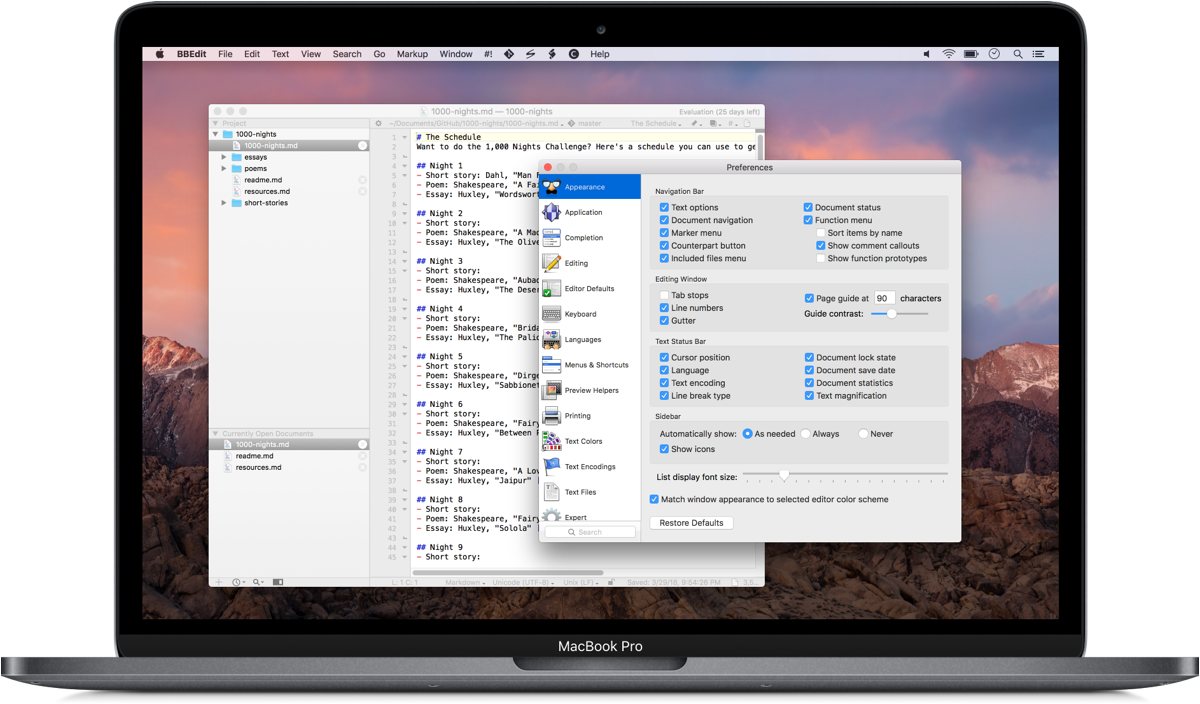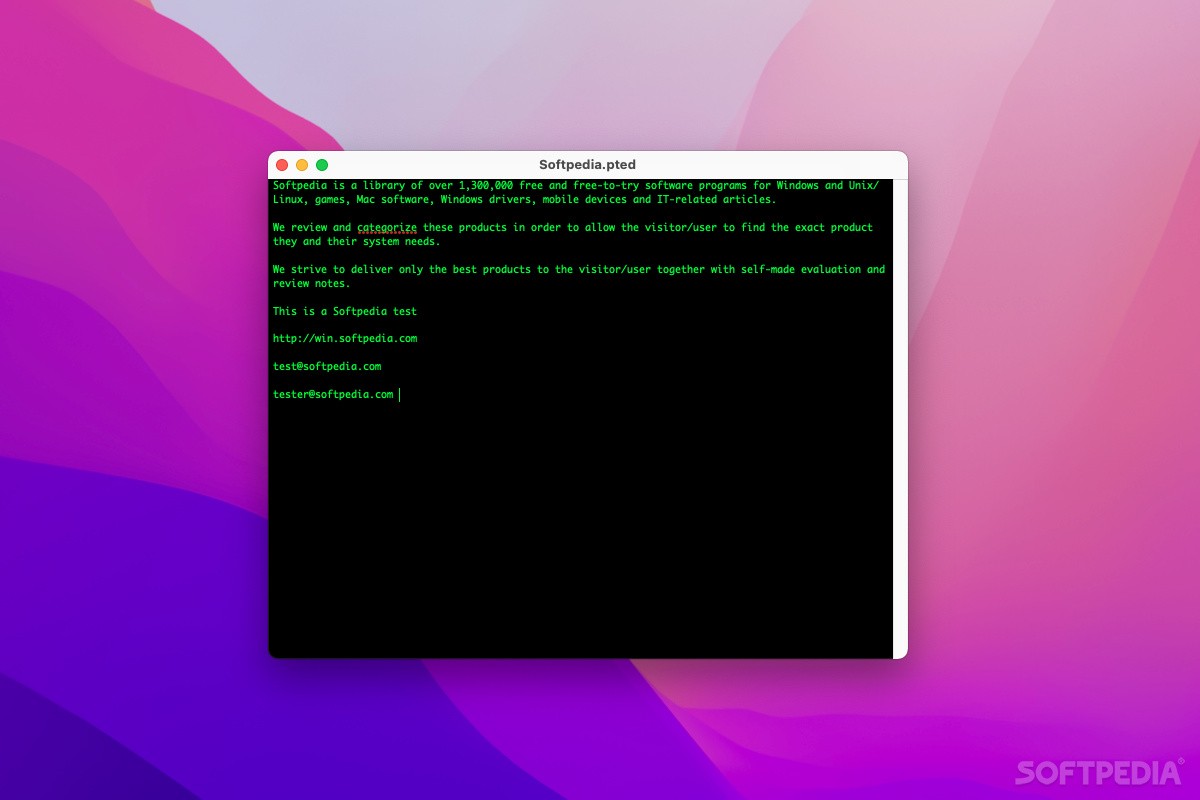

- #BEST PLAIN TEXT EDITOR MAC CODE#
- #BEST PLAIN TEXT EDITOR MAC MAC#
- #BEST PLAIN TEXT EDITOR MAC WINDOWS#
In the save dialog box, you will see the option If no extension is provided, use. If you want to use a graphical text editor, use TextEdit (in Launchpad). For general-purpose work, it’s easiest to use one of the text editors included with macOS. Now, go to File -> Save, or press command + S. To edit a plain text file in Terminal, you can use a command-line text editor. Since we want to save a plain text file, we will not format the text in any way.
#BEST PLAIN TEXT EDITOR MAC MAC#
There are many powerful third party apps dedicated to plain text and coding on the Mac - options like BBEdit, TextWrangler, TextMate, Sublime Text, and Coda come to mind - but TextEdit is free, always available, and quite capable of handling all the basics. Launch TextEdit, and create a New Document. If you ever make too many changes and want to revert to the original configuration settings, just click Restore All Defaults at the bottom of the preferences window. Of note, you can also use this preference window to set other useful default options, such as enabling or disabling text wrap, the default font for both plain and rich text documents, and the default size of new TextEdit windows.
#BEST PLAIN TEXT EDITOR MAC WINDOWS#
As soon as you click the Plain Text button, all new TextEdit windows will open in Plain Text Mode.Īlternatively, of course, you can go back to this preference window and select Rich Text instead if you ever want to switch back to rich text by default. You don’t even need to close the preference window to initiate the change. On the New Document tab, select Plain Text in the Format section. To use plain text by default in TextEdit, go to TextEdit > Preferences in the menu bar. Instead of switching each new document to plain text mode manually using the steps above, why not set TextEdit to open in plain text mode by default?
#BEST PLAIN TEXT EDITOR MAC CODE#
If you’re a budding programmer or blogger and you want a plain text environment to write code or HTML, you’ll likely want to use TextEdit plain text mode almost exclusively. So, with this in mind, make sure you really want to convert from rich text to plain text, and make a backup copy of the document if you’re not completely sure. It works well with small, medium, large and very-very large files.It has such settings as foreground color, font style, background color which can be adjusted for arbitrarily selected text symbols. Allows you to create custom text editor with syntax highlighting. You can always convert a TextEdit plain text document back to a rich text document, but that only applies to new formatting you won’t get your original formatting back. Fast Colored TextBox is text editor component for. The result will be clean, simple, plain text.Ĭonverting a document to plain text removes all formatting This includes custom fonts, font sizes and styles, colors, bold, italicized, and underlined formatting, embedded images, and hyperlinks. If you select OK, everything except for your document’s text will be removed. You’ll get a confirmation box warning you that making a document plain text will remove all formatting make sure you heed it carefully. Alternatively, you can use the keyboard shortcut Shift-Command-T. To do so, make sure the document you wish to convert is open and selected, then go to Format > Make Plain Text in the TextEdit menu bar. TextEdit opens a new document in rich text mode by default, but you can easily convert a document to plain text at any time.

Convert Rich Text to Plain Text in TextEdit This can be useful for removing the formatting from copied text, working with code, or reducing the complexity and file sizes of documents that don’t need the benefits of rich text formatting. Perhaps I’ve missed something (it’s been a tough old day!) but I felt I should say something in case anyone else encounters the same thing.īut none of that affects my level of gratitude – I’m genuinely very thankful to you for illuminating how easily my issue could be solved by changing an obscure application preference.But sometimes it’s best to use TextEdit Plain Text Mode, which eliminates all formatting and, you guessed it, produces only plain text.

The screen cap provided shows the “Fornat> Use the Format menu to choose settings for an open document” is already toggled from “Rich text” to “Plain text” but this wasn’t the case in my “TextEdit> Preferences” until I amended it when my save dialog remained unchanged from beforehand.

I’ve only just bought my first MacBook so in some ways I’m new to this (despite having first used a Mac decades ago) hence I’m not sure whether another step was necessary because of a change in OS or a difference between Mac and MacBook – or maybe this page hasn’t displayed correctly for me and I’ve not seen allot step 1 in your above method. Thanks for putting this online, Akshay, I’d never have worked it out independently.


 0 kommentar(er)
0 kommentar(er)
